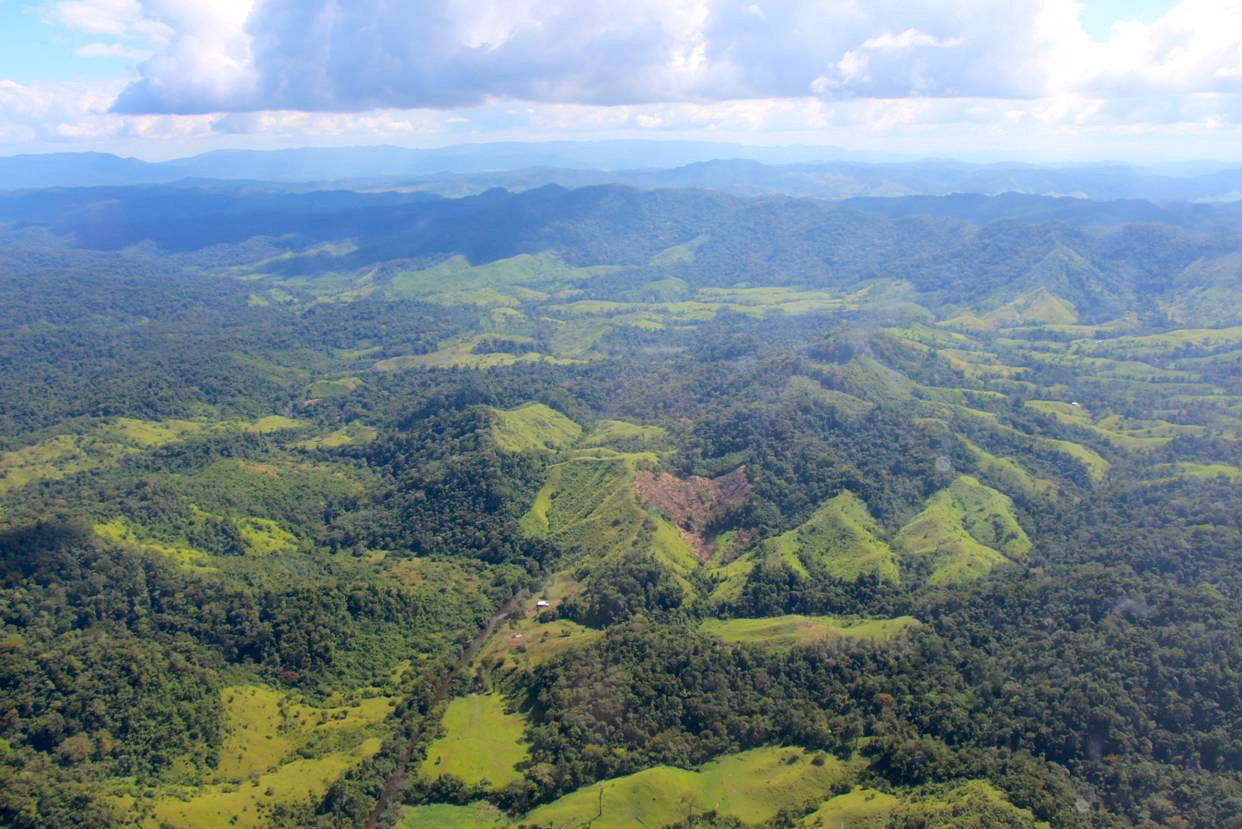
An archaeological expedition into the Honduran rainforest has discovered the legendary “White City,” also known as the “City of the Monkey God.”
The pre-Columbian civilization that inhabited the city is so little-known that it doesn’t even have a name.
The team of American and Honduran archaeologists traveled to the remote jungle site accompanied by two bushcraft survival experts formerly of the British Special Air Service (SAS) regiment.
The group was also escorted by Honduran soldiers because drug cartels are known to smuggle cocaine shipments bound for America through the jungle.
Explorers have been looking for the fabled city since Spanish conquistadors first arrived in South America in the 16th century.
According to National Geographic, the researchers discovered a cache of stone sculptures, along with other remarkable findings such as plazas, earthworks, mounds, and an “earthen pyramid belonging to a culture that thrived a thousand years ago, and then vanished.”
“It shows that even now, well into the 21st century, there is so much to discover about our world,” Cristopher Fisher, the expedition’s lead archaeologist, told the Telegraph. “The untouched nature of the site is unique and if preserved and properly studied can tell us much about these past people and provide critical data for modern conservation.”
Evidence of the site was first found in 2012 when a airplane equipped with cutting-edge radar technology called LiDAR scanned the jungle and discovered signs of substantial underground ruins.
The team has not revealed the exact coordinates of the site to protect the artifacts from looters.